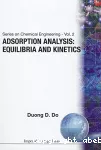CD-ROM
CD-ROM
+
-





